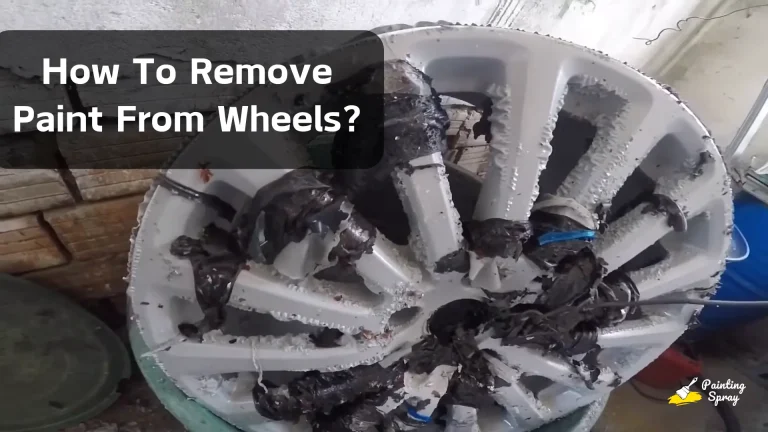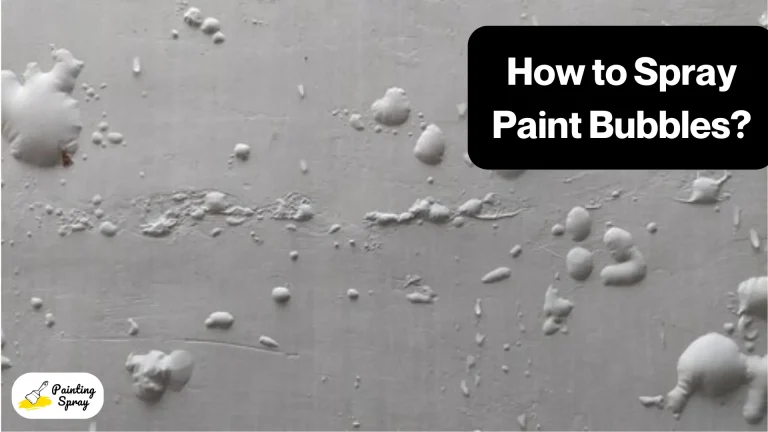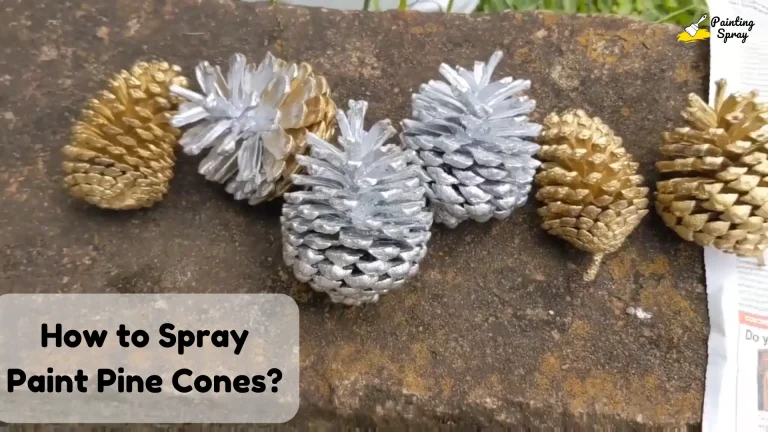What Brush to Use with Chalk Paint? A Guide to Choosing the Right Tools

When you start painting with chalk paint, choosing the right brush can make all the difference in achieving a smooth finish. For the best results, use a natural bristle brush for large surfaces and a synthetic bristle brush for smaller areas or intricate details.
Each type of brush has unique qualities that can enhance your painting experience and the final look of your furniture.
If you’re working on a large piece, like a dresser or a cabinet, a natural bristle brush will hold more paint and provide a thicker application. On the other hand, when tackling smaller projects or tight corners, a synthetic brush will give you better control and a finer finish.
Additionally, foam brushes can be handy for reaching those hard-to-access spots and applying cleaner, streak-free coats.
Understanding the right brush for your specific project not only improves the look of your work but also makes the process more enjoyable.
Whether you are giving an old piece of furniture a fresh coat or experimenting with new colors, selecting the proper brush will ensure great results.
Selecting the Proper Chalk Paint Brush
Choosing the right brush for chalk paint is key to achieving a great finish. Different types of brushes can impact how well your paint adheres and how smooth your finish will be. Here are some important aspects to consider.
Benefits of Natural Bristle Brushes
Natural bristle brushes are often preferred for chalk paint. Made from materials like natural boar bristles, they can hold more paint, which allows for smoother application.
They help reduce the appearance of brush strokes and enhance the chalky effect characteristic of chalk paint.
Advantages:
- Absorbency: High paint absorption leads to better coverage.
- Finish Quality: Reduces streaks for a more professional look.
Keep in mind that natural brushes can require more care, as they may not hold up well in water. Proper cleaning will extend their life and maintain performance.
Understanding Synthetic Bristle Brushes
Synthetic brushes are another option for applying chalk paint. These brushes are typically made from nylon or polyester. While they may not hold as much paint as natural bristle brushes, they offer unique benefits.
Key Points:
- Durability: Synthetic brushes are more durable and easier to clean.
- Versatility: They work well with different types of paint and can be used for various projects.
A high-quality synthetic brush can still provide a smooth finish when used correctly. Many find that they excel in detailed areas where precision is needed, especially with angled or flat styles.
Considering Brush Shapes and Sizes
Brush shape and size play a crucial role in your painting success.
- Flat Brushes: Great for broad strokes and covering large areas quickly.
- Round Brushes: Ideal for intricate details and small spaces.
- Oval Brushes: Versatile for both broad and fine strokes.
Selecting the right brush size depends on your project. For fine work, a smaller brush is best. For larger areas, go for a wider brush. This choice allows you to control how the paint goes on and minimizes touch-ups later.
Application Techniques for Chalk Paint
Using the right application techniques with chalk paint can greatly enhance your project’s outcome. Understanding how to achieve a smooth finish, ensure even coverage, and create textured effects will help you get the best results.
Achieving a Smooth Finish
To get a smooth and matte finish with chalk paint, start with a high-quality natural bristle brush. These brushes hold paint well and allow for better control. Use long, even strokes to apply the paint, working in sections.
Make sure to apply the paint in thin layers. Thick applications can lead to drips and uneven surfaces. Allow each coat to dry completely before adding another. Lightly sanding between coats with fine sandpaper will also help create that desired smooth feel.
Ensuring Even Coverage
An even finish is critical for a professional look. Begin by lightly stirring your chalk paint to ensure the consistency is uniform. Dip your brush into the paint and tap off the excess to prevent pooling.
As you apply, focus on blending your strokes to avoid visible lines. Work in small sections and overlap slightly with previously painted areas. If you notice streaks or uneven spots, consider a second coat after the first fully dries.
Using a foam roller can also help spread paint evenly on larger surfaces.
Special Techniques for Textured Effects
For those who want a more textured look, there are effective techniques to consider. You can experiment with a stippling method by using a stiff-bristle brush or a sponge. This technique adds dimension and character.
Another approach is to mix in a bit of water with your chalk paint for a wash effect. Apply this mixture in thin layers, allowing some of the base color to show through. This can create a beautiful layered texture.
Finally, try distressing your finished piece by sanding the edges or high points. This not only enhances texture but also provides a vintage or worn appearance that many find appealing.
Maintenance of Chalk Paint Brushes
To get the most out of your chalk paint brushes, proper maintenance is essential. This helps reduce shedding and extends the life of your brushes. Focus on two key areas: avoiding shedding and cleaning your brushes.
Avoiding and Addressing Shedding
Shedding can be a frustrating issue when using brushes. To minimize shedding, choose brushes made from high-quality materials. Look for low-shedding options that use synthetic bristles or tightly packed natural fibers.
Before starting your project, prepare your brush by soaking bristles in warm water. This helps to soften the bristles and reduces flaring during use. If you notice shedding while painting, gently remove loose bristles with a pair of tweezers.
If your brush does shed, do not panic. Simply clean it thoroughly, and it may return to its original state after drying. Ensure you avoid overloading your brush with paint, as this can also lead to added stress on the bristles.
Cleaning and Storing Brushes
Effective cleaning is crucial for maintaining chalk paint brushes. After each use, wring out excess paint and rinse the bristles under warm water until it runs clear. If there is stubborn paint, use mild soap to help dissolve it.
Always reshape the bristles gently before drying to maintain their form. When storing your brushes, keep them in a dry place, ideally standing upright or flat, with bristles protected. Avoid leaving them in water, as this can damage the bristles and shorten their lifespan.
For long-lasting durability, consider using a brush holder or case to protect your brushes from dust and dirt. Proper care ensures longevity, allowing you to enjoy your brushes for years.
Enhancing Furniture Projects with Chalk Paint
Using the right brushes can elevate your furniture projects with chalk paint. The choice of brushes can impact the finish and durability of your work, whether you are waxing, sealing, or tackling detailed applications.
Selecting Brushes for Waxing and Sealing
When waxing or sealing chalk-painted furniture, it’s essential to select the right brush for a smooth finish.
A natural bristle brush is a great option for larger surfaces. It holds wax well and allows for even application across your DIY projects.
For small projects or hard-to-reach areas, consider using a foam brush. These brushes are easy to maneuver and provide a neat finish without leaving excessive texture.
Make sure to apply multiple coats for added protection, especially on pieces that may see daily use.
Choosing Brushes for Detailed and Large-Scale Work
For intricate details, a detail brush will help you achieve a vintage look on your furniture.
This brush is designed to get into small crevices, allowing for precision. Use it to add designs or touch up areas that need extra care.
For larger surfaces, a flat brush is your best bet. It has a broad tip and can cover more area with fewer strokes. This brush is versatile for cabinetry and larger furniture pieces.
Remember to choose brushes suited for the type of paint you are using, whether oil-based or water-based, to ensure the best results.






